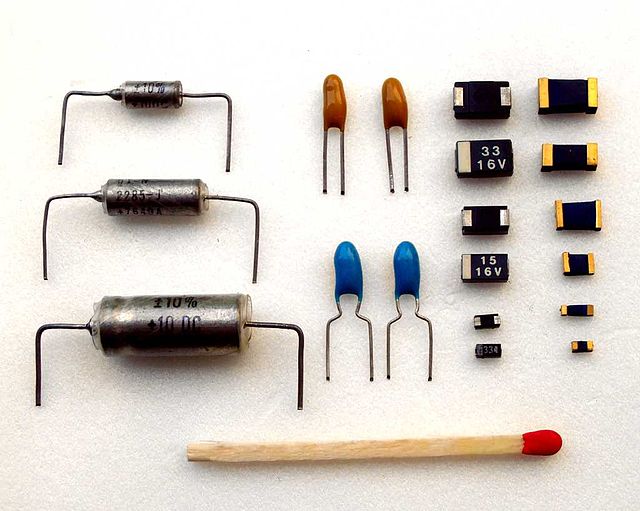Capacitors, often overlooked components in electronic circuits, play a pivotal role in ensuring the smooth operation and functionality of various devices. With their ability to store and release electrical energy, capacitors serve a multitude of functions that are essential for circuit performance. In this article, we will delve into the diverse roles capacitors play in circuits, shedding light on their significance and impact.
- Energy Storage and Voltage Regulation:
One of the primary functions of capacitors is to store electrical energy. When connected to a power source, capacitors accumulate charge, which can be subsequently released when needed. This energy storage capability is crucial for applications such as power backup systems, where capacitors provide a temporary power source during outages. Additionally, capacitors act as voltage regulators, smoothing out voltage fluctuations and ensuring a stable power supply to sensitive components. - Filtering and Noise Reduction:
Capacitors are adept at filtering out unwanted noise and interference in electronic circuits. By selectively allowing certain frequencies to pass through while attenuating others, capacitors help maintain signal integrity and reduce distortion. This function is particularly vital in audio systems, where capacitors eliminate high-frequency noise and ensure clear, high-quality sound reproduction. - Timing and Oscillation Control:
Capacitors are integral to timing circuits and oscillators, where they determine the frequency and duration of signals. By combining capacitors with resistors and inductors, precise timing mechanisms can be achieved. This functionality is utilized in various applications, including clock circuits, timers, and frequency generators, enabling accurate synchronization and control. - Power Factor Correction:
In AC circuits, capacitors are employed for power factor correction. Power factor is a measure of how effectively electrical power is utilized, and a low power factor can result in energy wastage. Capacitors connected in parallel with inductive loads help offset the reactive power, improving the power factor and optimizing energy efficiency. This function is crucial in industrial settings, where large motors and transformers are prevalent. - Voltage Coupling and Signal Transmission:
Capacitors facilitate the transfer of AC signals while blocking DC components, enabling voltage coupling and signal transmission between different stages of a circuit. This functionality is utilized in coupling capacitors, which allow audio or video signals to pass from one amplifier stage to another while blocking any DC bias. Capacitors also enable the transmission of data signals in communication systems, ensuring efficient and reliable information transfer.
Conclusion:
Capacitors are versatile components that perform a wide array of functions in electronic circuits. From energy storage and voltage regulation to filtering, timing control, power factor correction, and signal transmission, capacitors are indispensable for ensuring optimal circuit performance. Understanding the multifaceted roles of capacitors empowers engineers and enthusiasts to design and optimize circuits for various applications, ultimately contributing to advancements in technology and innovation.

